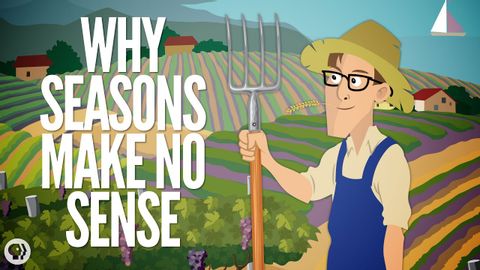
Subtitles & vocabulary
Why Seasons Make No Sense
00
陳叔華 posted on 2016/06/09Save
Video vocabulary
time
US /taɪm/
・
UK /taɪm/
- Uncountable Noun
- Speed at which music is played; tempo
- Point as shown on a clock, e.g. 3 p.m
- Transitive Verb
- To check speed at which music is performed
- To choose a specific moment to do something
A1TOEIC
More day
US /de/
・
UK /deɪ/
- Noun (Countable/Uncountable)
- A period of 24 hours beginning at midnight
- The period of time when it is light outside
A1
More year
US /jɪr/
・
UK /jə:/
- Noun (Countable/Uncountable)
- Unit of time equal to 12 months or 365 or 366 days
- Used to refer to the age of a person
A1
More absorb
US /əbˈsɔrb, -ˈzɔrb/
・
UK /əb'sɔ:b/
- Transitive Verb
- To take up all attention / energy of something
- To take in a liquid; soak up
B1TOEIC
More Use Energy
Unlock All Vocabulary
Unlock pronunciation, explanations, and filters
